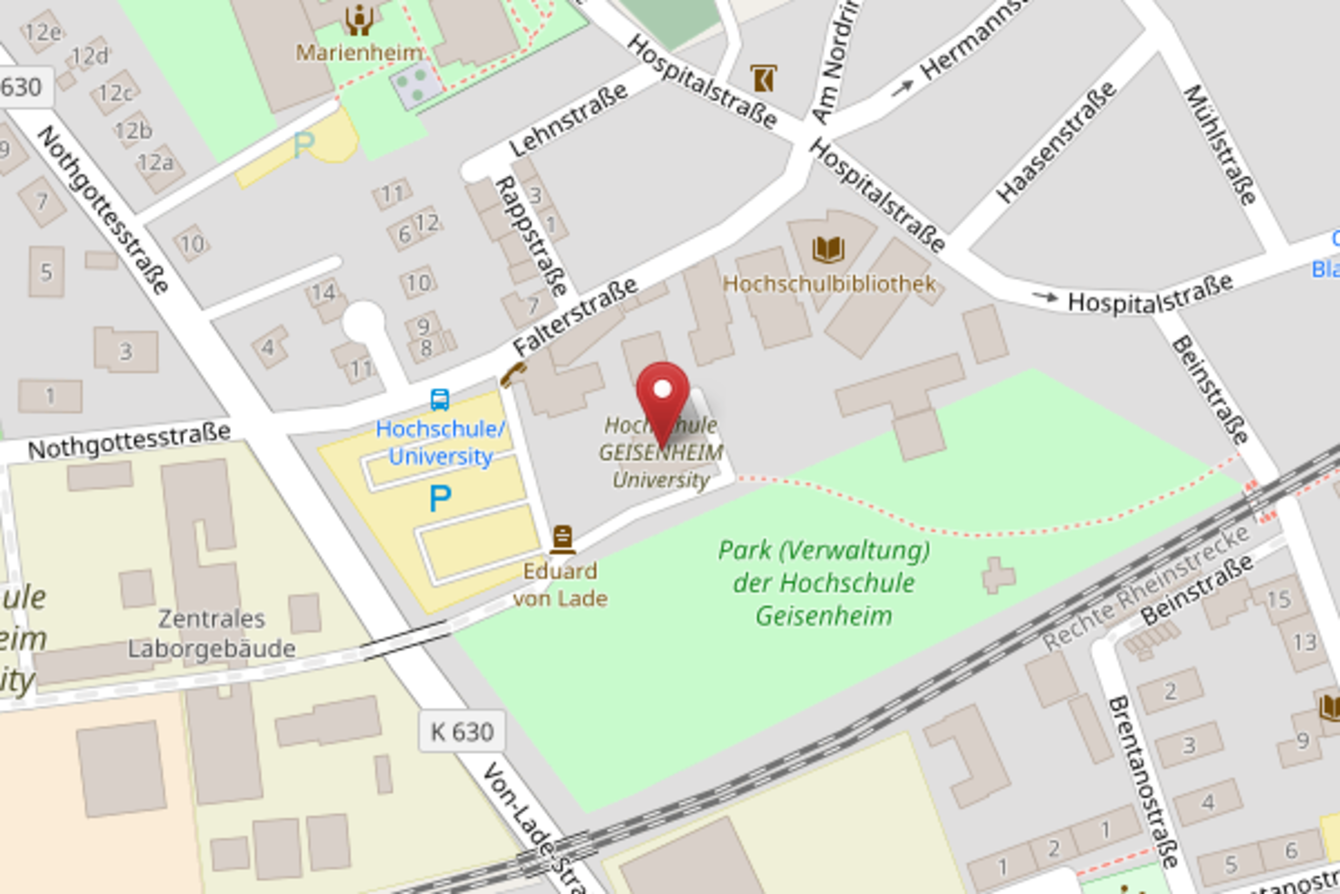Our Research Projects
Project start: 01.07.2023
Project end: 30.06.2026
Sponsor: Bundesministerium für Umwelt, Naturschutz und nukleare Sicherheit
The preservation and planting of urban green, especially trees, play a crucial role in the adaptation of cities to global heating, as they provide natural cooling. Larger trees transpire up to 500 litres of water per day. Shade and evaporative cooling reduce the effect of urban heat islands. However, road salt, soil compaction and pollutants stress urban trees. Heat and drought intensify, so that new plantings often fail to grow and existing trees increasingly die before they reach a size that has an impact on the city's climate. Alternative tree substrates could provide a remedy, and also improve the infiltration of water from heavy rainfall events. One promising approach are biochar macadam substrates (PMS), i.e. defined mixtures of rock gravel, plant charcoal and compost. After compaction, the crushed stone results in a passable but pore-rich structure that creates space and aaeration for root growth and which are capable of absorbing high levels of precipitation. The production of the biochar also locks up biomass carbon over decades to millennia (=carbon sinks, i.e. carbon (dioxide) removal). PMS were developed in Stockholm and are so far only used in Sweden, Austria and Switzerland. The goal of "Black2GoGreen" is to create a network of municipalities, municipal enterprises, associations as well as manufacturers of biochar and biochar (tree, green-roof) substrates to transfer knowledge about already implemented solutions to Germany.
Project start: 01.04.2022
Project end: 30.03.2024
Sponsor: Federal Agency for Nature Conservation
Urban development funding provides important contributions to sustainable urban development. The current conditions for urban development funding also enable the implementation of biodiversity-promoting measures. In order to make these possibilities better known and applicable, there is a need for stronger technical and conceptual support of municipalities. This includes presenting the municipal scope for action and provision of practical information, but also supportive conditions by the federal and state governments.
To address these challenges, the project "Recommendations for municipalities on the consideration of biodiversity in urban development funding areas" aims to evaluate the integration of measures for biodiversity in urban development funding areas. Based on this, a handbook for municipalities (i.e., for municipal planning offices and nature conservation authorities) will be created on measures for the protection of biodiversity in urban development funding areas. For this purpose, a collaborative process with various stakeholders will be initiated (learning alliance) to ensure that the handbook is practice-oriented and tailored to the needs of municipalities. Finally, recommendations for the federal and state level will be derived and options for the dissemination of the handout will be identified and used.
Project start: 01.07.2017
Project end: 31.01.2022
Sponsor: Geisenheim University
Large-scale infrastructure projects cause a significant transformation to the landscape, which is often characterized by conflicts, delays and budget overruns. The aim of the MOVE project is to find ways how to take into account the complexity of these tasks during the planning process. To that end, a problem-solving cycle is to be completed, which systemically analyzes the planning and the planning object in its environment (street and landscape). An exploration shall examine how the success of this transformation can be measured given the high number of stakeholders. A modeling approach to analyze the planning processes and its impact on the road and landscape system will provide indications of potential weaknesses. Subsequently, sub-systems identified as particularly relevant will be simulated using Vester's sensitivity model. The lessons learned will be used as suggestions to help optimize the success of the transformation.


